Attractions of greek island of Kos
Kos is known as the birthplace of Hippocrates and one of the most fertile islands in Greece. Together with Halicarnassus, which is now called Bodrum, Kos was an outpost on the way to the holy lands during the time of the Crusades. Local residents work in the tourism sector, agriculture or fishing.
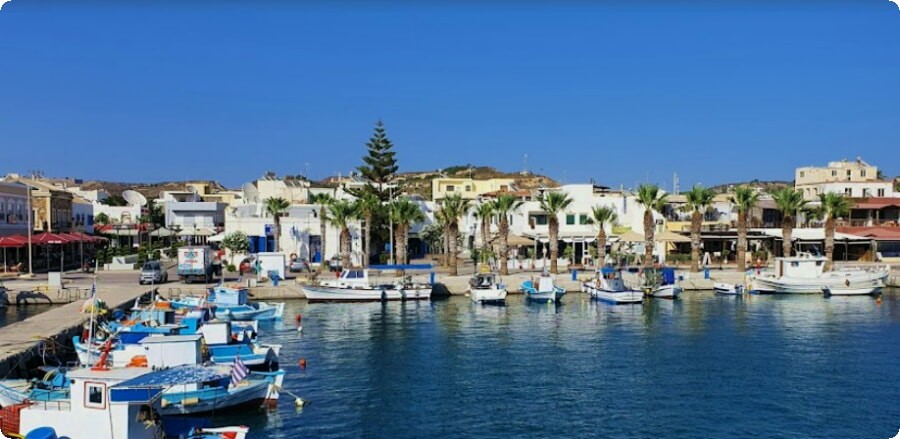
The first thing that catches your eye is the building on the embankment. Everyone takes pictures of it, but no one says what it is. In fact, this is the police department of the island of Kos.
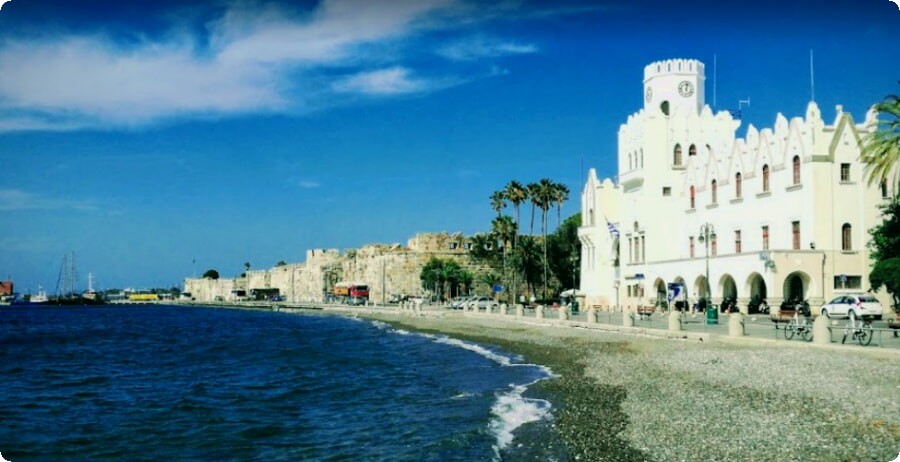
Between the police department and the port is the Neratsia fortress, or as it is also called, the fortress of the sour orange tree.
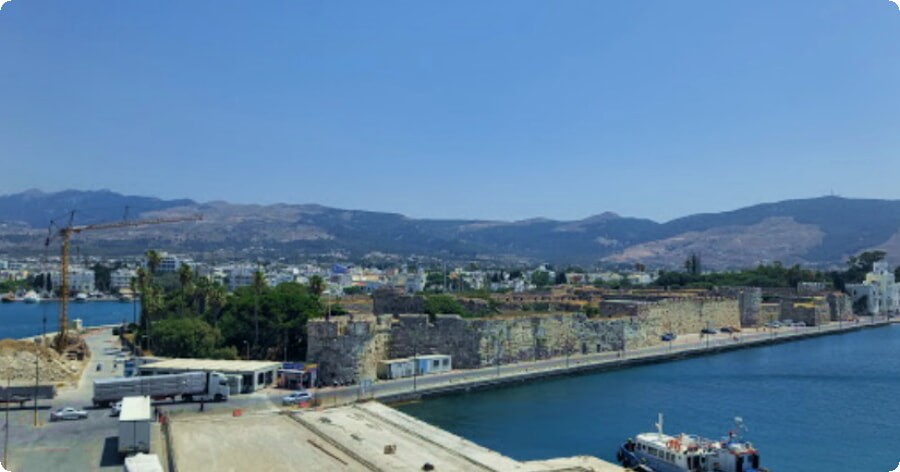
It was built by the Templars at the end of the 14th century. Together with the fortress of Bodrum, it controlled the sea route to the holy lands during the period of the Crusades. Opposite the fortress grows a plane tree, which, according to legend, was planted personally by Hippocrates. The tree is really old and hangs on metal props.
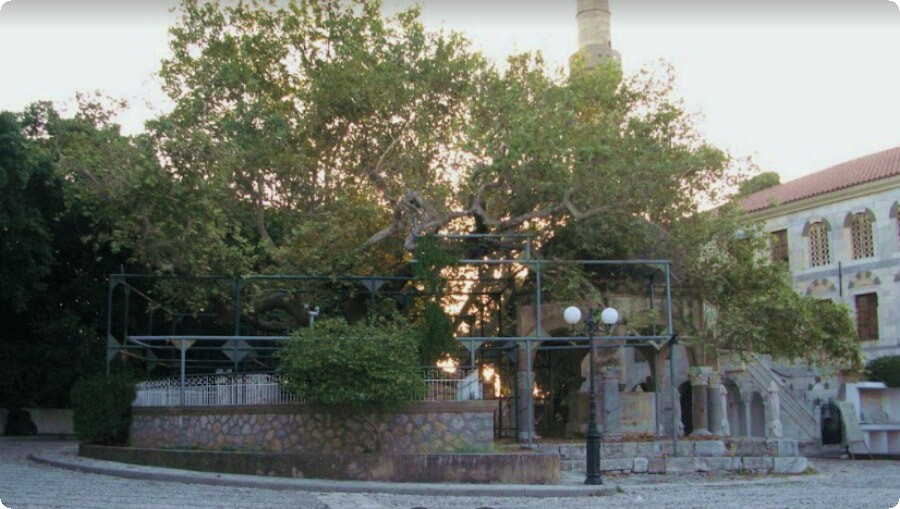
Ancient Athenian Agora
Ancient Agora is a kind of ruins popular among tourists. The market and the central square of the city, which date from the 4th to 3rd century BC, include the remains of buildings up to 80 meters wide and up to 300 meters long.
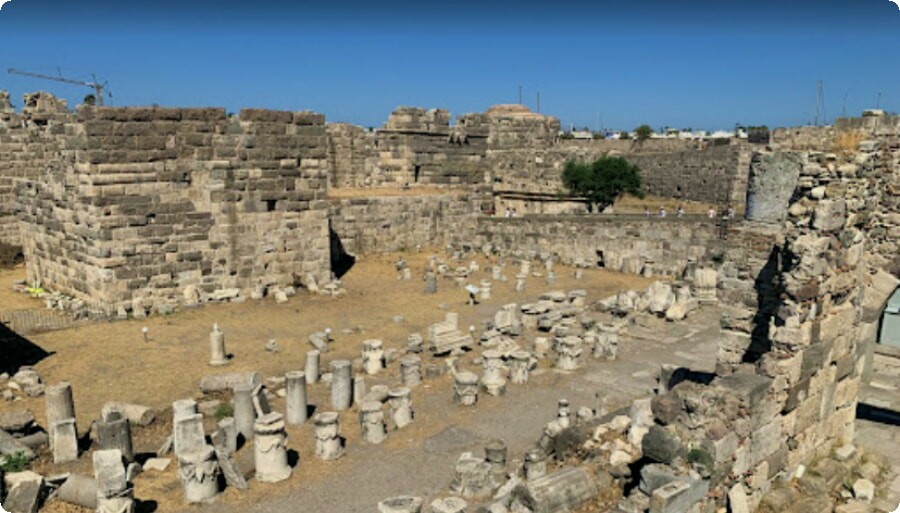
In some places, columns and mosaics are well preserved. There are also the ruins of the temple of Aphrodite, a small temple of Hercules and a Christian basilica of the 5th century. Along the Athenian Agora runs a street of bars - the place of the modern nightlife of Kos.
Hellenistic gymnasium
Gymnasion Xisto or Hellenistic gymnasium is a ruin from the 3rd century BC. The institution had a complex structure, including the Acropolis, the Hippodrome, the Nymphaeum and the gym. The gymnasium had a huge roof supported by 81 white marble columns. Some of the columns have survived to this day.
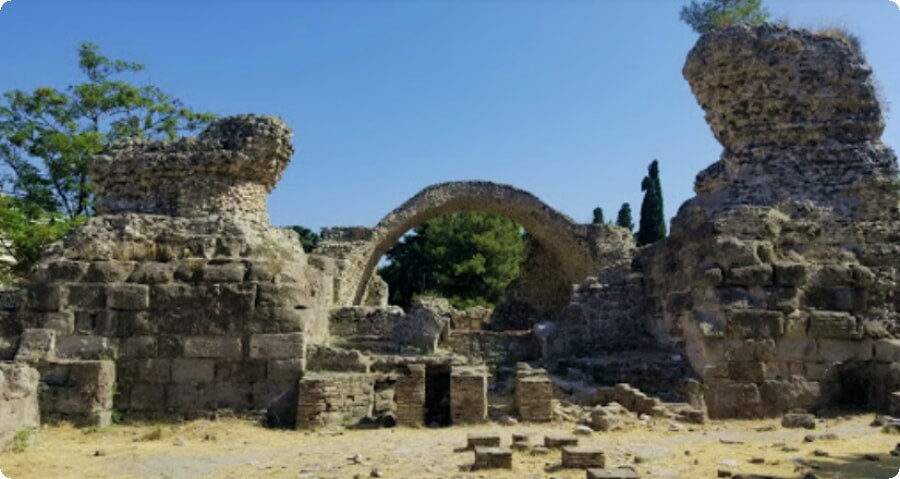
Also in the middle part of the gym was a water tank where the athletes washed. To the west of the colonnade, during Roman times, a pool was built. The name Xisto means "scraping" - athletes covered themselves with oil before the games, which was scraped off at the end of them.
Temple of Asklepion
The most famous attraction of the island of Kos is Asklepion - the temple of the god of medicine Asclepius. The temple served as a clinic, it was here that he studied and took place as a doctor, the father of modern medicine, the author of the doctor's oath, Hippocrates. On the upper tier was a large temple.
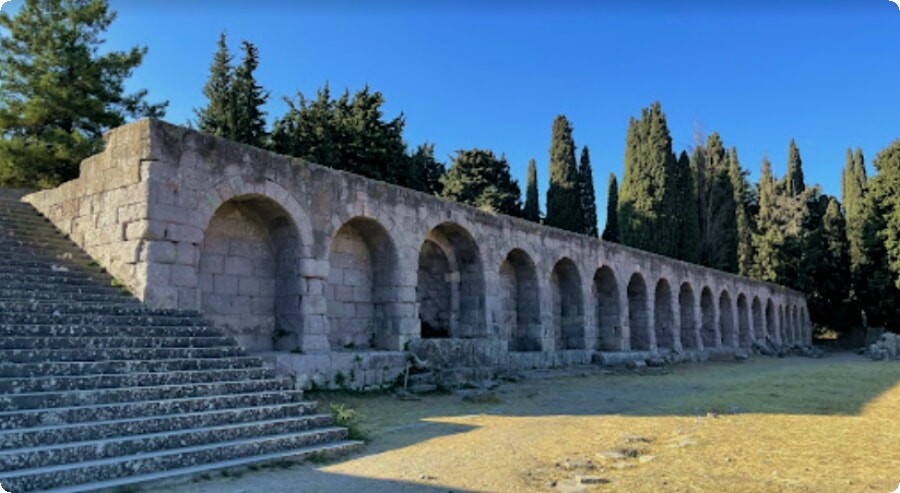
Currently, the upper terrace offers a good view of the eastern part of the island. Thermal baths were located on the second level, for which the temple had a complex system of pipelines. The lower level houses the medical school and patient facilities.
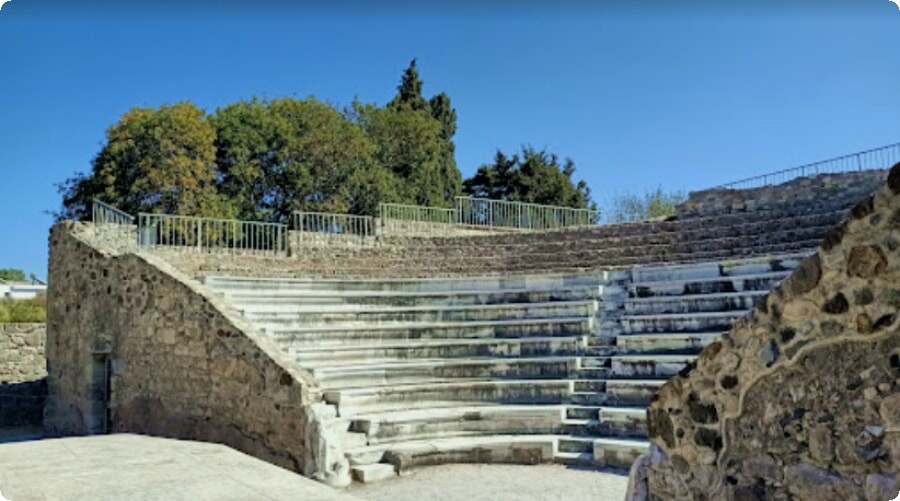
Another gem of the island is the Roman theater or Odeon, which was built in the 2nd century. Initially, it was conceived for holding musical performances, so it’s worth checking the acoustics while standing on the stage when you visit, you will like the result!
